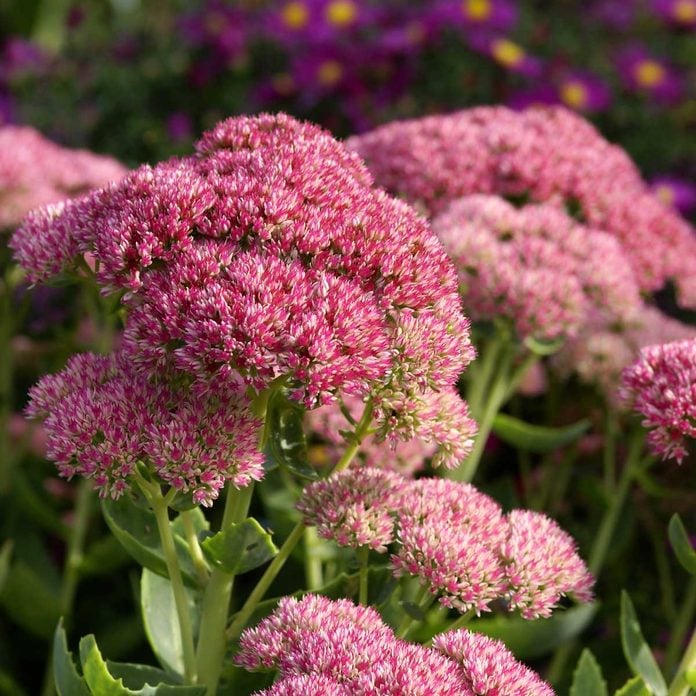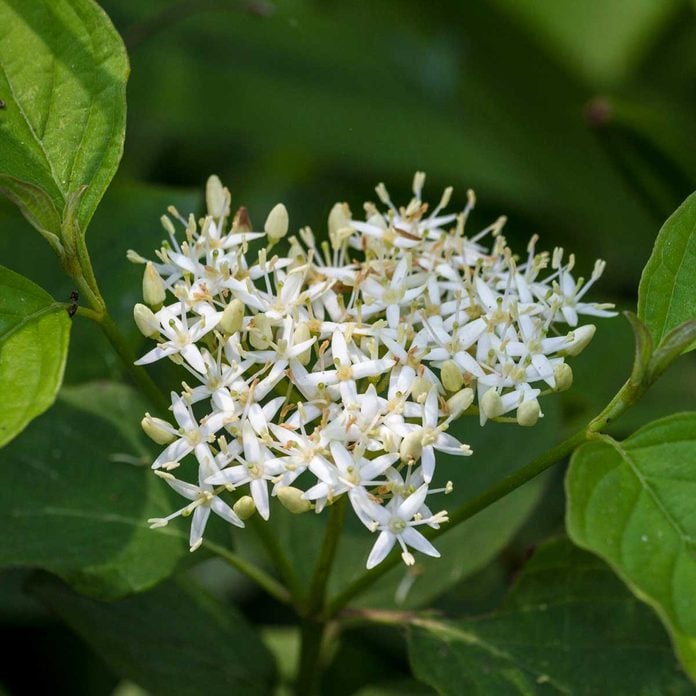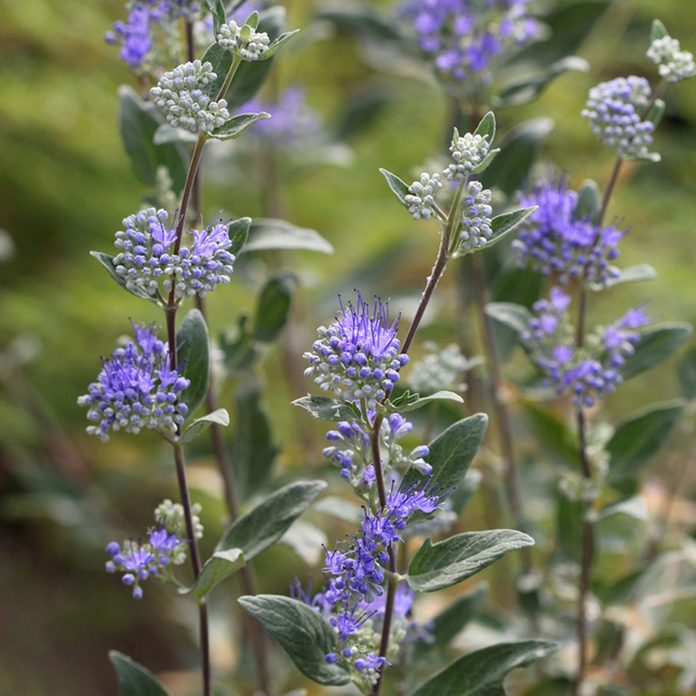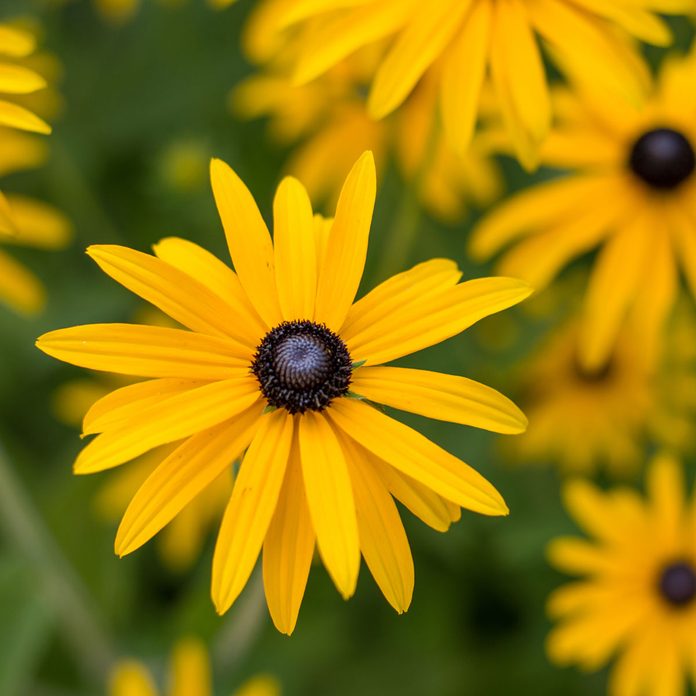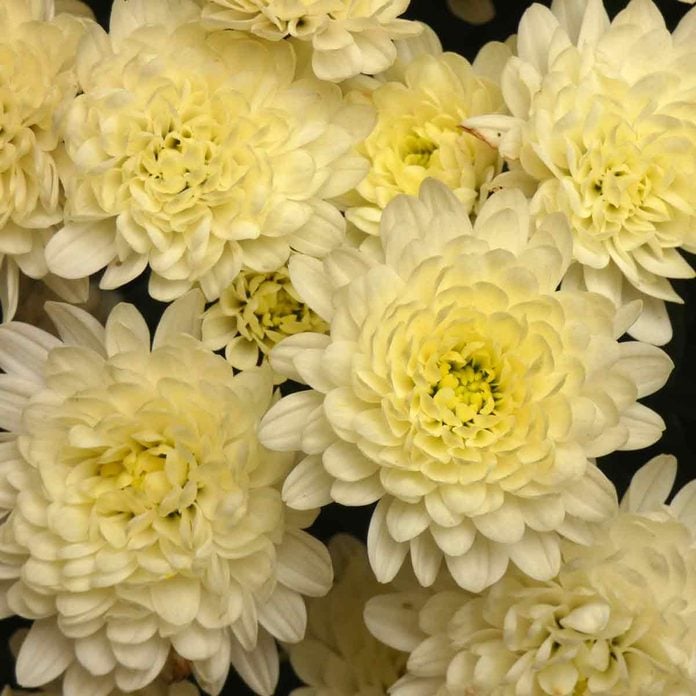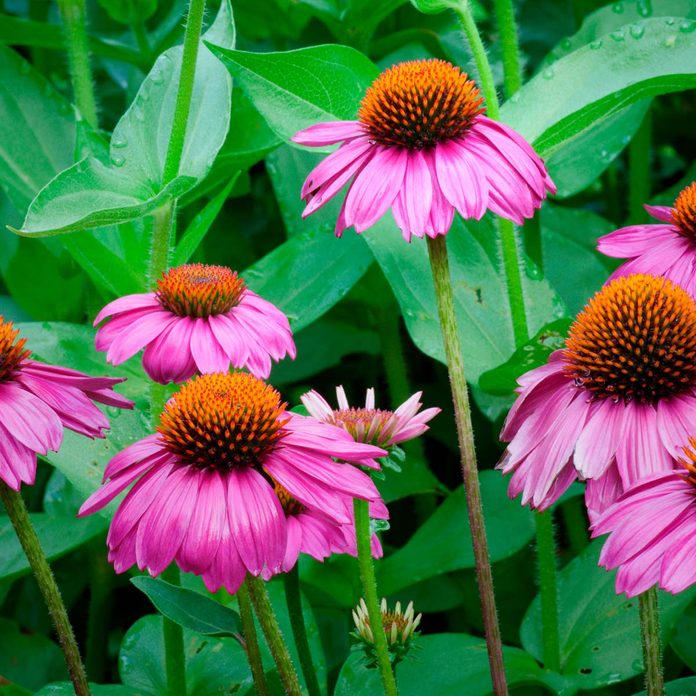Get ready for a new season of growth by pruning plants that will benefit from a spring trim. These are the top 10 plants to prune in the spring.
Our editors and experts handpick every product we feature. We may earn a commission from your purchases.Learn more.






















